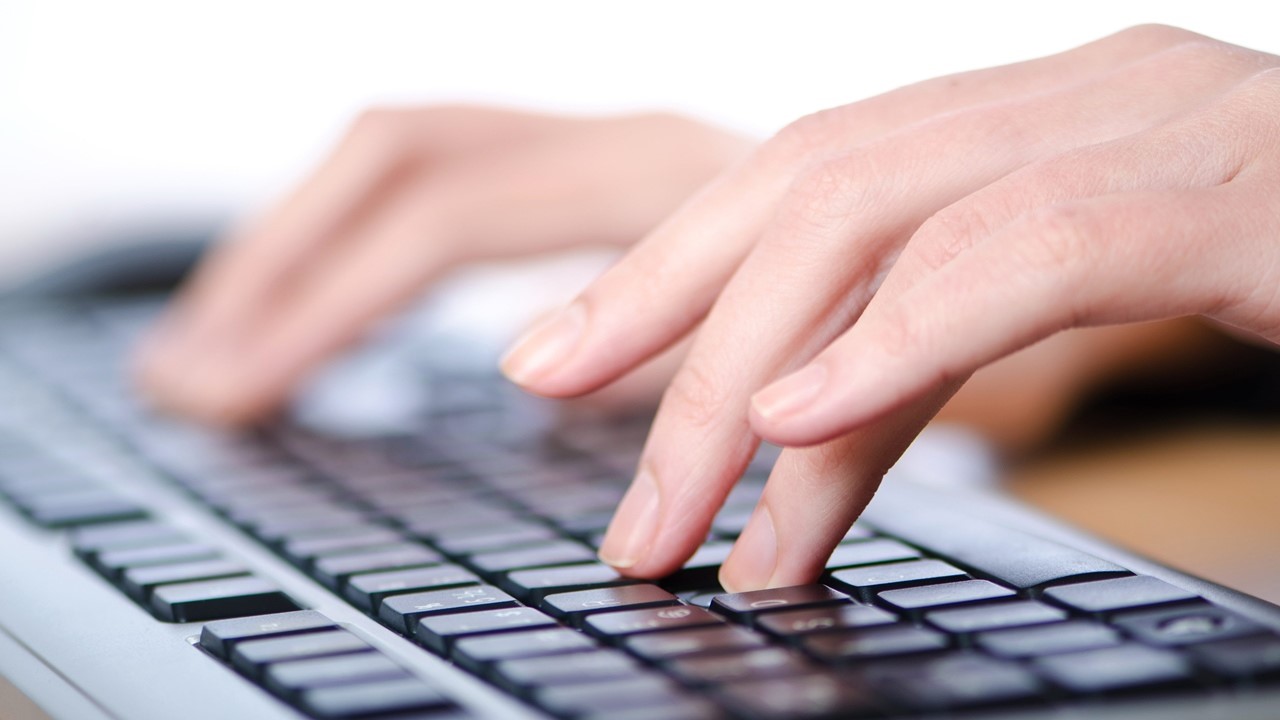Crafting a well-written letter can effectively convey your thoughts and feelings to the recipient in a clear and concise manner. Whether you are expressing gratitude, submitting a formal request, or addressing a concern, having a solid sample letter as a guide can help you structure your own message effectively. By following a template and adapting it to fit your specific needs, you can ensure that your letter is professional, polite, and impactful.
Best Structure for a Sample Letter
When it comes to writing a professional letter, having a clear and organized structure is key. Here’s a breakdown of the best structure to follow:
- Heading: Start your letter with your contact information, date, and the recipient’s contact information.
- Greeting: Address the recipient by name or title, followed by a comma.
- Introduction: In a few concise sentences, introduce yourself and state the purpose of the letter.
- Body: This is where you provide detailed information or explanation related to the purpose of the letter. Break the content into paragraphs for easy reading.
- Closing: Wrap up your letter with a polite closing statement, such as “Thank you for your attention to this matter.”
- Signature: End with your signature, followed by your name and title (if applicable).
Here’s a simple example of how your letter could be structured:
| Heading | Greeting | Introduction | Body | Closing | Signature |
|---|---|---|---|---|---|
| Your Contact Information | Dear [Recipient’s Name], | I am writing to inquire about [purpose of the letter]. | Provide detailed information or explanation here. | Thank you for your attention to this matter. | [Your Signature] [Your Name] [Your Title] |
Remember to keep your letter focused, clear, and professional. Following this structure will help you convey your message effectively and make a positive impression on the recipient.
Sample of Letter Examples
Job Offer Rejection Letter
Dear [Candidate’s Name],
Thank you for taking the time to interview with us. After careful consideration, we have decided to move forward with another candidate for the position. We appreciate your interest in joining our team and wish you the best in your job search.
Sincerely, [Your Name]
Employee Appreciation Letter
Dear [Employee’s Name],
I wanted to take a moment to express my appreciation for all your hard work and dedication. Your contributions have not gone unnoticed, and we are grateful to have you as part of our team. Thank you for all that you do!
Best regards, [Your Name]
Performance Improvement Plan Letter
Dear [Employee’s Name],
It has come to our attention that there are areas where your performance could be improved. To help you succeed, we have outlined a performance improvement plan that includes specific goals and expectations. We believe in your potential and are here to support you in achieving success.
Sincerely, [Your Name]
Resignation Acceptance Letter
Dear [Employee’s Name],
We have received your resignation letter and would like to formally accept it. We understand that this decision was not made lightly and want to thank you for your contributions to the team. We wish you the best in your future endeavors.
Warm regards, [Your Name]
Job Promotion Congratulations Letter
Dear [Employee’s Name],
Congratulations on your well-deserved promotion! Your hard work and dedication have paid off, and we are thrilled to see you succeed. We look forward to seeing all that you will accomplish in your new role.
Best wishes, [Your Name]
Employee disciplinary Action Letter
Dear [Employee’s Name],
It has come to our attention that there have been repeated violations of company policies. As a result, we are implementing disciplinary action in the form of [specific consequences]. We expect to see immediate improvement in behavior to avoid further consequences.
Best regards, [Your Name]
Employee Training Invitation Letter
Dear [Employee’s Name],
We are pleased to invite you to participate in a training session on [topic]. This training will provide you with valuable skills and knowledge to help you succeed in your role. We look forward to seeing you there!
Sincerely, [Your Name]
How can I effectively write a letter?
To effectively write a letter, start by clearly stating the purpose of the letter in the opening paragraph. Use a professional tone and be concise in your writing. Organize your thoughts logically and provide any necessary background information. Make sure to address the recipient appropriately and proofread the letter for any errors before sending it.
What should be included in a formal letter?
A formal letter should include the sender’s address, date, recipient’s address, salutation, body paragraphs, closing, and signature. The body of the letter should clearly convey the message or purpose of the letter, while the closing should be courteous and professional. It is also important to include any relevant attachments or enclosures if necessary.
How do I format a business letter?
When formatting a business letter, use a standard block format with aligned left margins and single spacing. Include the sender’s address, date, recipient’s address, and a formal salutation. Divide the letter into paragraphs with clear headings if necessary. End the letter with a professional closing and signature. Be sure to use a professional tone and language throughout the letter.
What is the difference between a formal and informal letter?
A formal letter is typically used for professional or official communication and follows a standard format with a professional tone. It usually includes the sender’s and recipient’s addresses, dates, and formal language. In contrast, an informal letter is more casual and personal in nature, often used for communication with friends or family. It may have a less structured format and use a more relaxed tone.
And there you have it, a simple guide on how to write a letter. I hope you found this article helpful and that you feel more confident in crafting your own letters moving forward. Thanks so much for taking the time to read through this, and I hope you’ll come back again soon for more tips and tricks on communication. Until next time!

